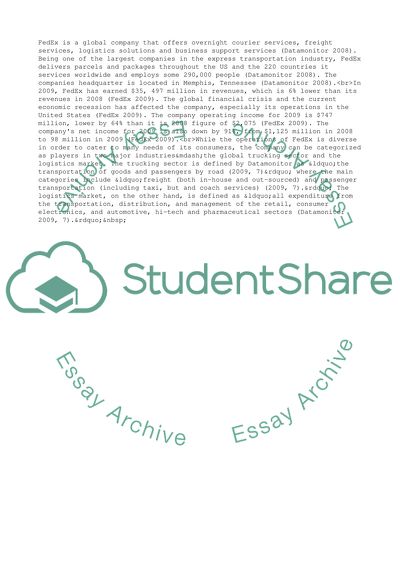Cite this document
(DHL Express Flexes Muscle in Taiwan Case Study Example | Topics and Well Written Essays - 3000 words, n.d.)
DHL Express Flexes Muscle in Taiwan Case Study Example | Topics and Well Written Essays - 3000 words. Retrieved from https://studentshare.org/business/1730690-advanced-global-management-comparing-ups-and-dhl-on-a-global-scale
DHL Express Flexes Muscle in Taiwan Case Study Example | Topics and Well Written Essays - 3000 words. Retrieved from https://studentshare.org/business/1730690-advanced-global-management-comparing-ups-and-dhl-on-a-global-scale
(DHL Express Flexes Muscle in Taiwan Case Study Example | Topics and Well Written Essays - 3000 Words)
DHL Express Flexes Muscle in Taiwan Case Study Example | Topics and Well Written Essays - 3000 Words. https://studentshare.org/business/1730690-advanced-global-management-comparing-ups-and-dhl-on-a-global-scale.
DHL Express Flexes Muscle in Taiwan Case Study Example | Topics and Well Written Essays - 3000 Words. https://studentshare.org/business/1730690-advanced-global-management-comparing-ups-and-dhl-on-a-global-scale.
“DHL Express Flexes Muscle in Taiwan Case Study Example | Topics and Well Written Essays - 3000 Words”, n.d. https://studentshare.org/business/1730690-advanced-global-management-comparing-ups-and-dhl-on-a-global-scale.


